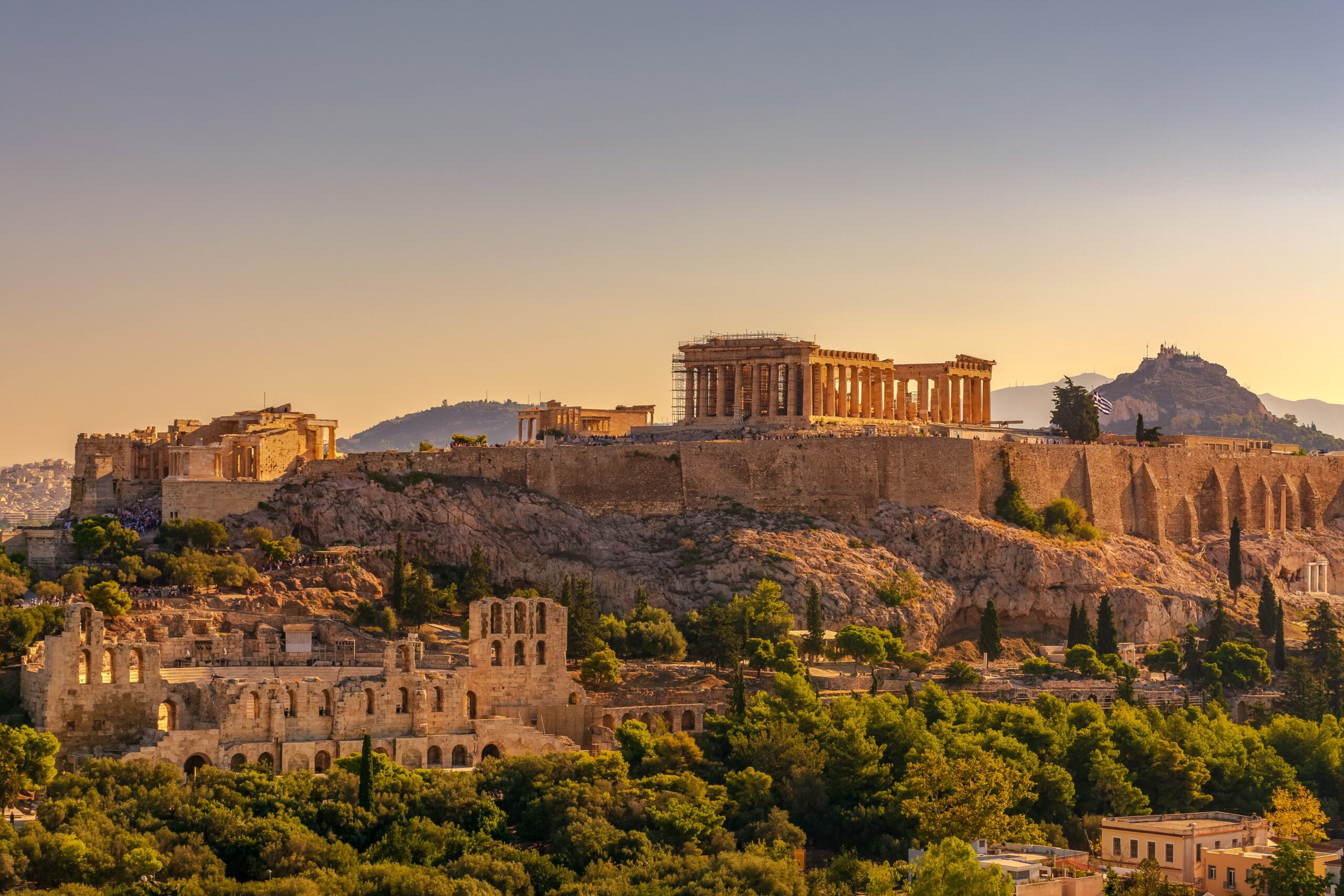Athens, Modern Greek Athínai, Ancient Greek Athēnai, historic city and capital of Greece. Many of Classical civilization’s intellectual and artistic ideas originated there, and the city is generally considered to be the birthplace of Western civilization.
Athens lies 5 miles (8 km) from the Bay of Phaleron, an inlet of the Aegean (Aigaíon) Sea where Piraeus (Piraiévs), the port of Athens, is situated, in a mountain-girt arid basin divided north-south by a line of hills. Greater Athens has an area of 165 square miles (427 square km). The Kifisós River, only a trickle in summer, flows through the western half; the Ilisós River, often dry, traverses the eastern half. The surrounding mountains—Párnis, 4,636 feet (1,413 metres); Pentelicus (Pendéli), 3,631 feet; Hymettos (Imittós), 3,365 feet; and Aigáleon, 1,535 feet—add to the impression of barrenness. Yet such considerations are superficial when compared with the fecundity of Athens’s bequests to the world, such as its philosophy, its architecture, its literature, and its political ideals.
Athens, with its tall buildings and contemporary shops, is the first European city when approached from the Middle East. When approached from the west, from elsewhere in Europe, what strikes the visitor is the influence of the East—in the food, music, and clamorous street life—perhaps vestiges of a time when Athens was divorced from European society under the yoke of Ottoman rule. Nevertheless, it is wrong to say that Athens is a mixture of East and West: it is Greek and, more particularly, Athenian. The city, after all, nurtured Western civilization thousands of years ago. Athens remains on the world stage to this day.






